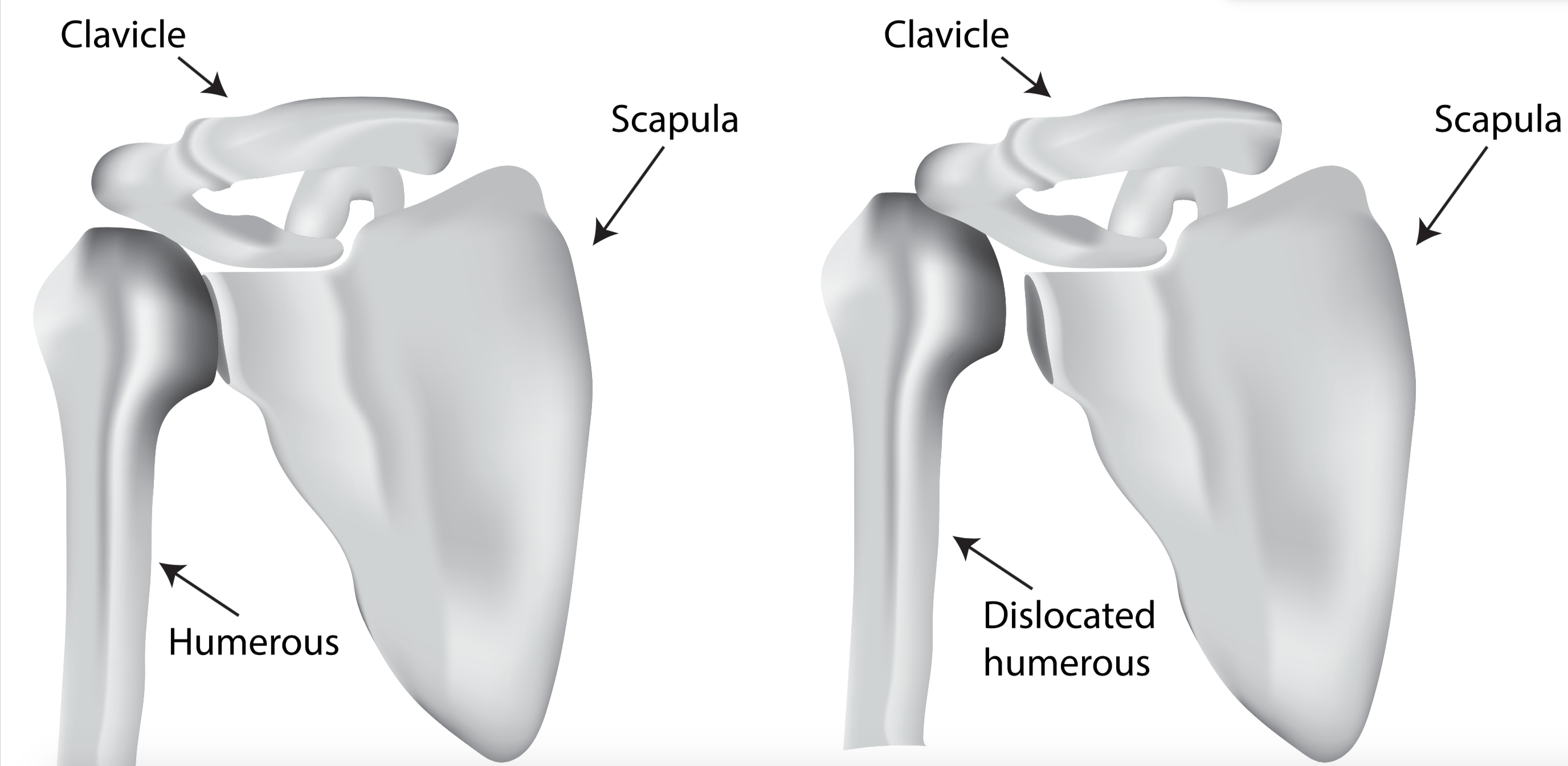What is a shoulder dislocation and shoulder instability?
The shoulder joint is the body’s most mobile joint. It can turn in many directions. But, this advantage also makes the shoulder an easy joint to dislocate. A partial dislocation (subluxation) means the head of the upper arm bone (humerus) is partially out of the socket (glenoid). A complete dislocation means it is all the way out of the socket. Both partial and complete dislocations cause pain and unsteadiness in the shoulder. Shoulder and sports medicine specialist serving Boulder, Colorado, Dr. Austin Chen is available to treat shoulder dislocations.
The shoulder joint can dislocate forward, backward, or downward. A common type of shoulder dislocation is when the shoulder slips forward (anterior instability). This means the upper arm bone moved forward and out of its socket. It may happen when the arm is put in a throwing position. Sometimes a dislocation may tear ligaments or tendons in the shoulder or damage nerves.

What are the symptoms of a shoulder dislocation and shoulder instability?
The following are the most common symptoms of a shoulder dislocation and shoulder instability:
- Deformity of the shoulder
- Swelling in the shoulder joint
- Numbness
- Weakness, hard to move the shoulder
- Bruising surrounding the area
What is the cause of a shoulder dislocation?
Dislocations typically take place following severe trauma, collision, or fall where the arm is placed in extreme positions.
The shoulder joint relies heavily on its surrounding muscles, tendons and ligaments for support due to the shallow nature of the glenoid. Of particular importance is the labrum, the rim around the glenoid, which is usually compromised or torn in unstable shoulders.
In order for the shoulder to come out of the socket, the labrum and soft tissues are compromised. When the labrum or other soft tissues become stretched or damaged, the joint becomes more susceptible to future dislocations, subluxations and pain. The risk of recurrent dislocation increases after every dislocation event.
What is the treatment for a shoulder dislocation or shoulder instability?
Dr. Chen will place the ball of the upper arm bone (humerus) back into the joint socket. This process is called a closed reduction. Severe pain stops almost immediately once the shoulder joint is back in place. Treatment for dislocations and instability of the shoulder joint generally begins with physical therapy to strengthen the muscles surrounding the joint. In these cases, surgery is reserved for those who fail to improve with therapy.
In cases where shoulder dislocation causes damage to the ligaments and the joint surfaces, or in some high risk individuals, Dr. Austin Chen may recommend shoulder stabilization surgery.
